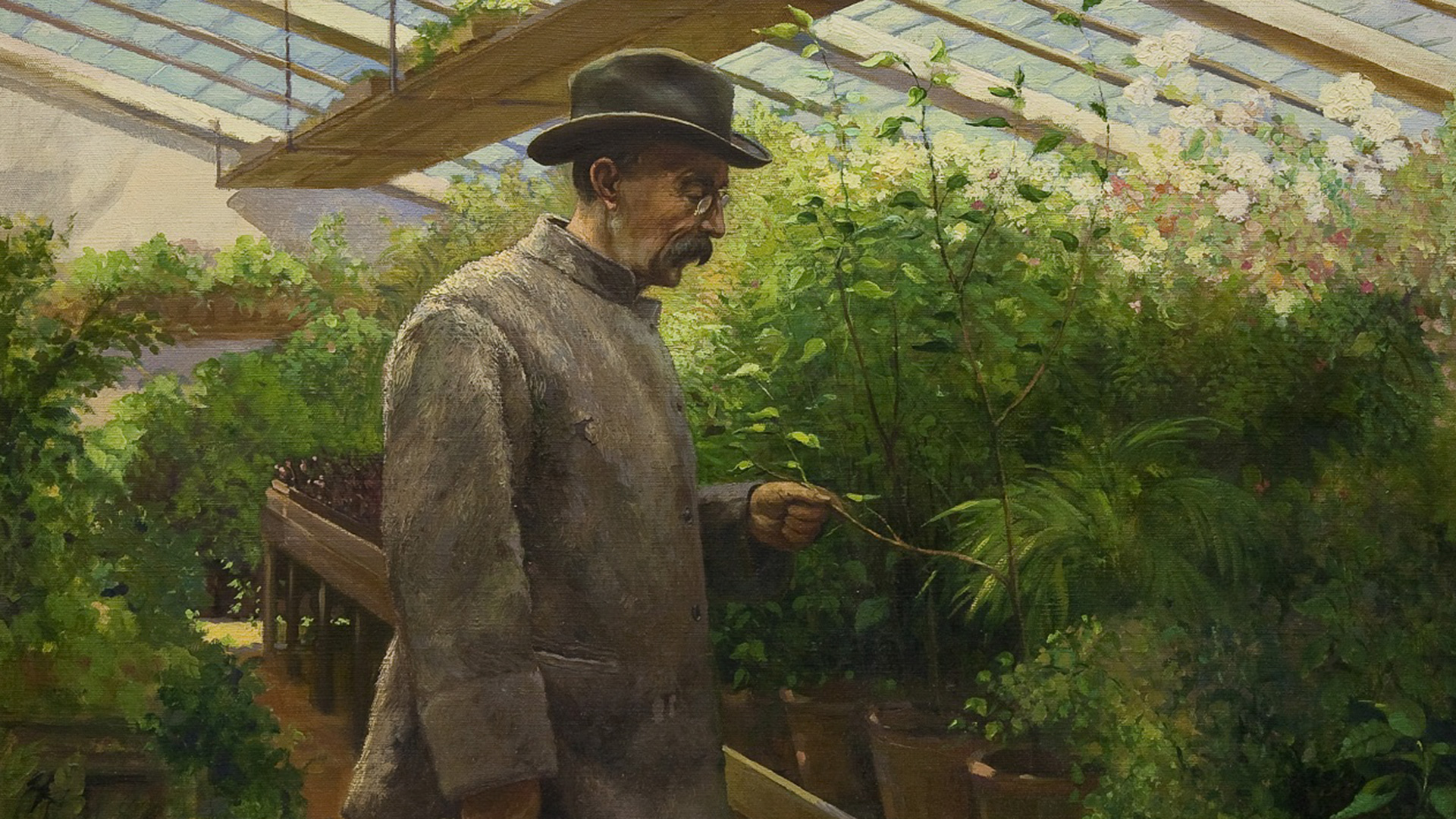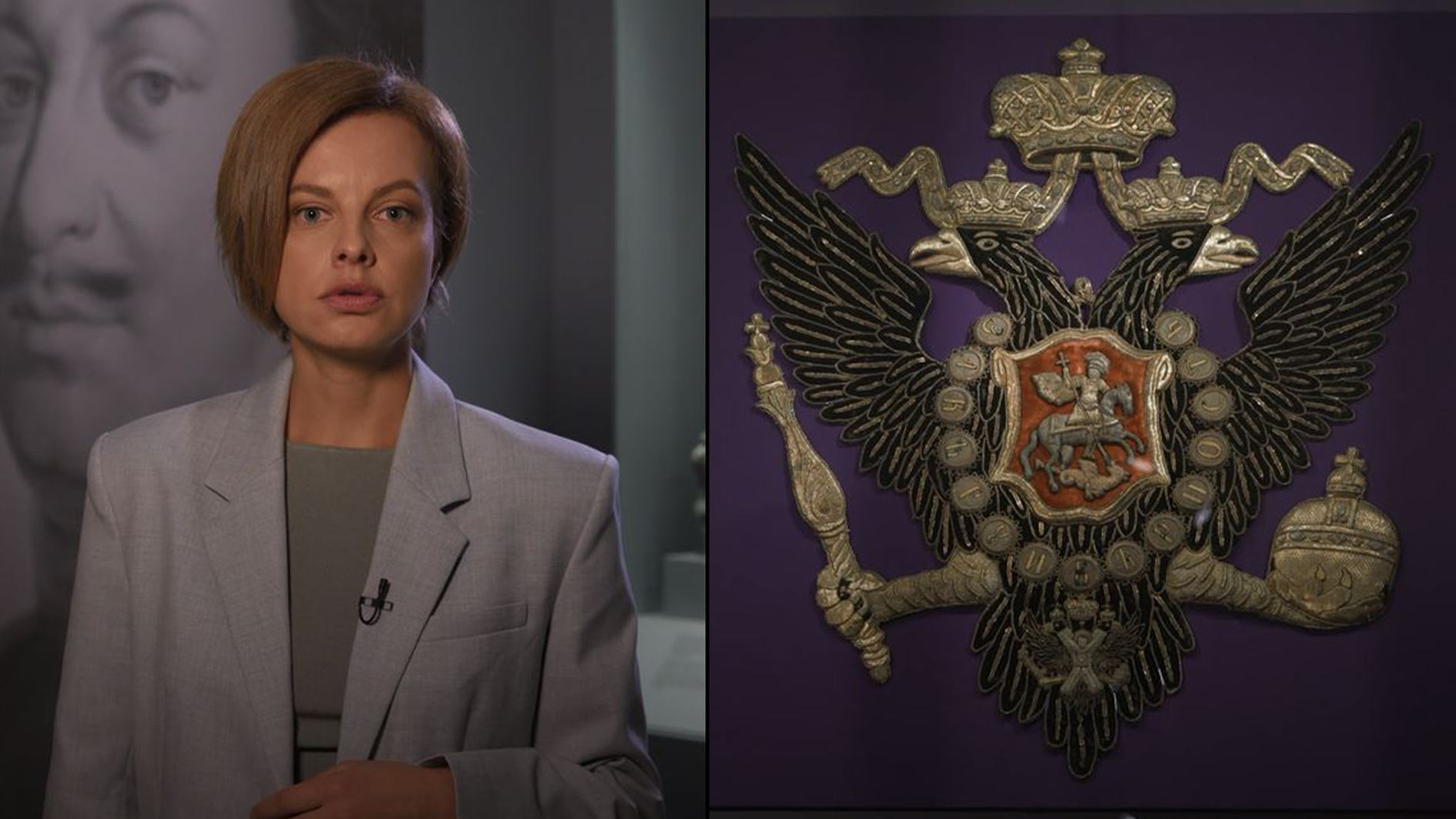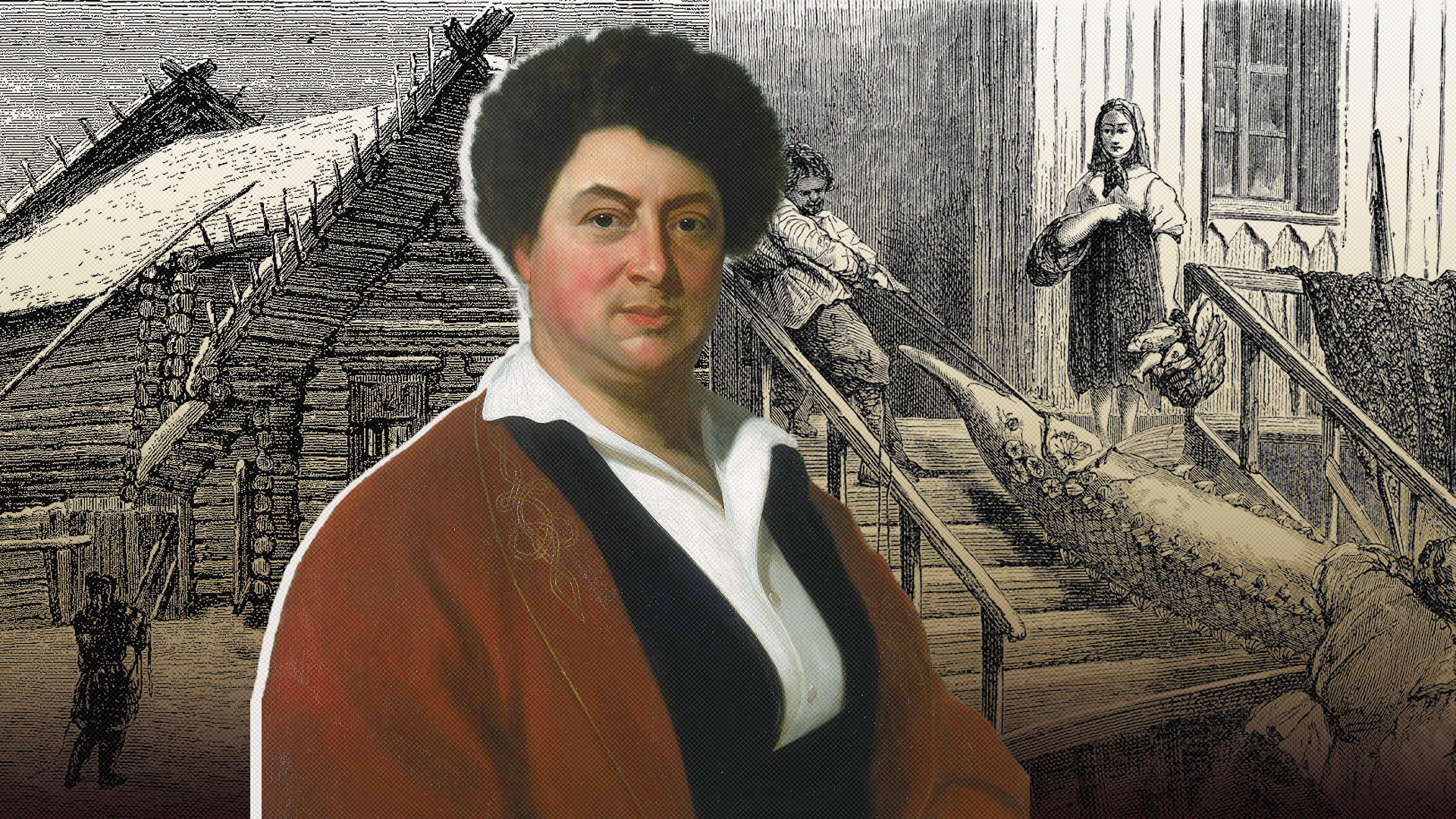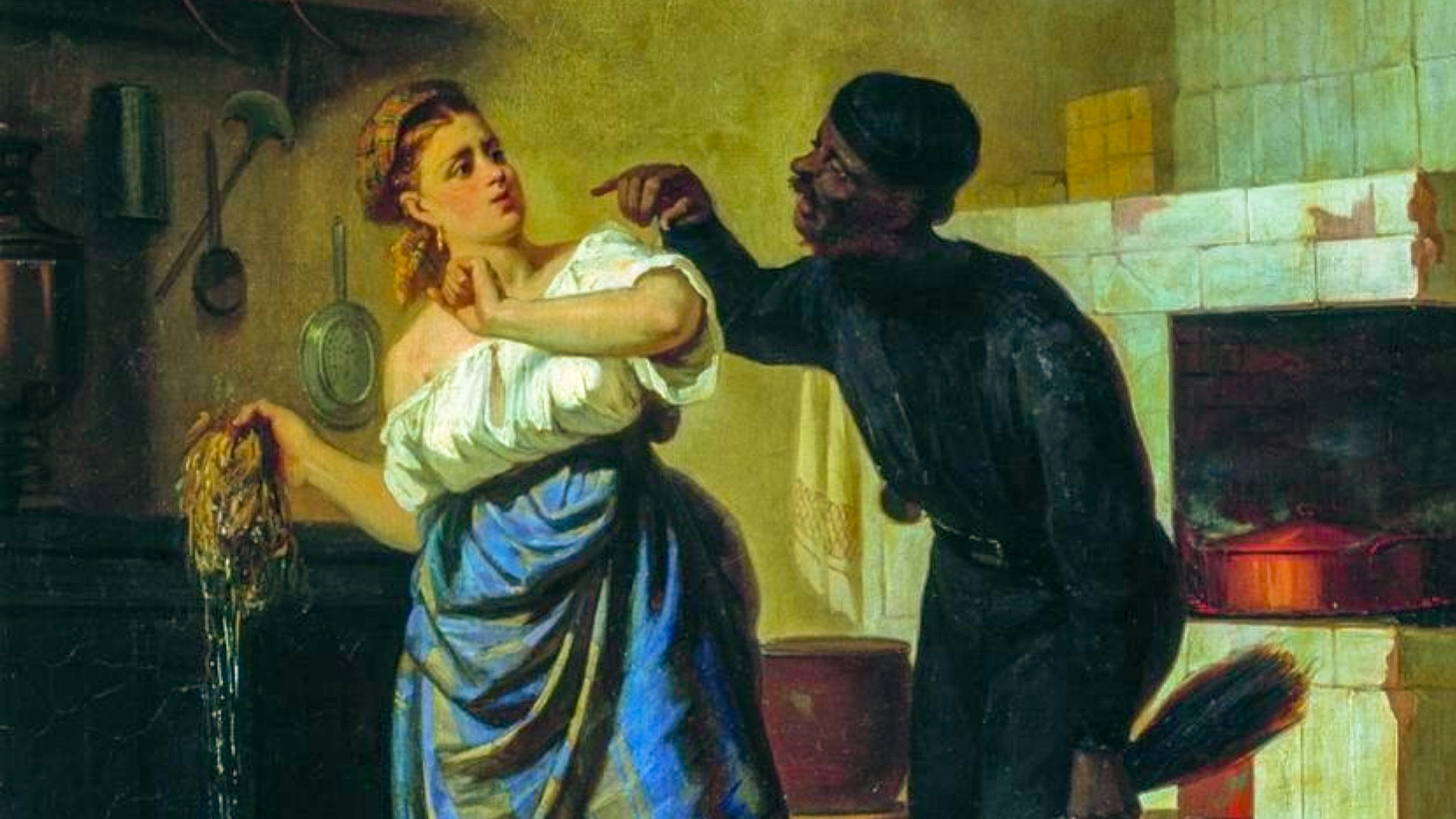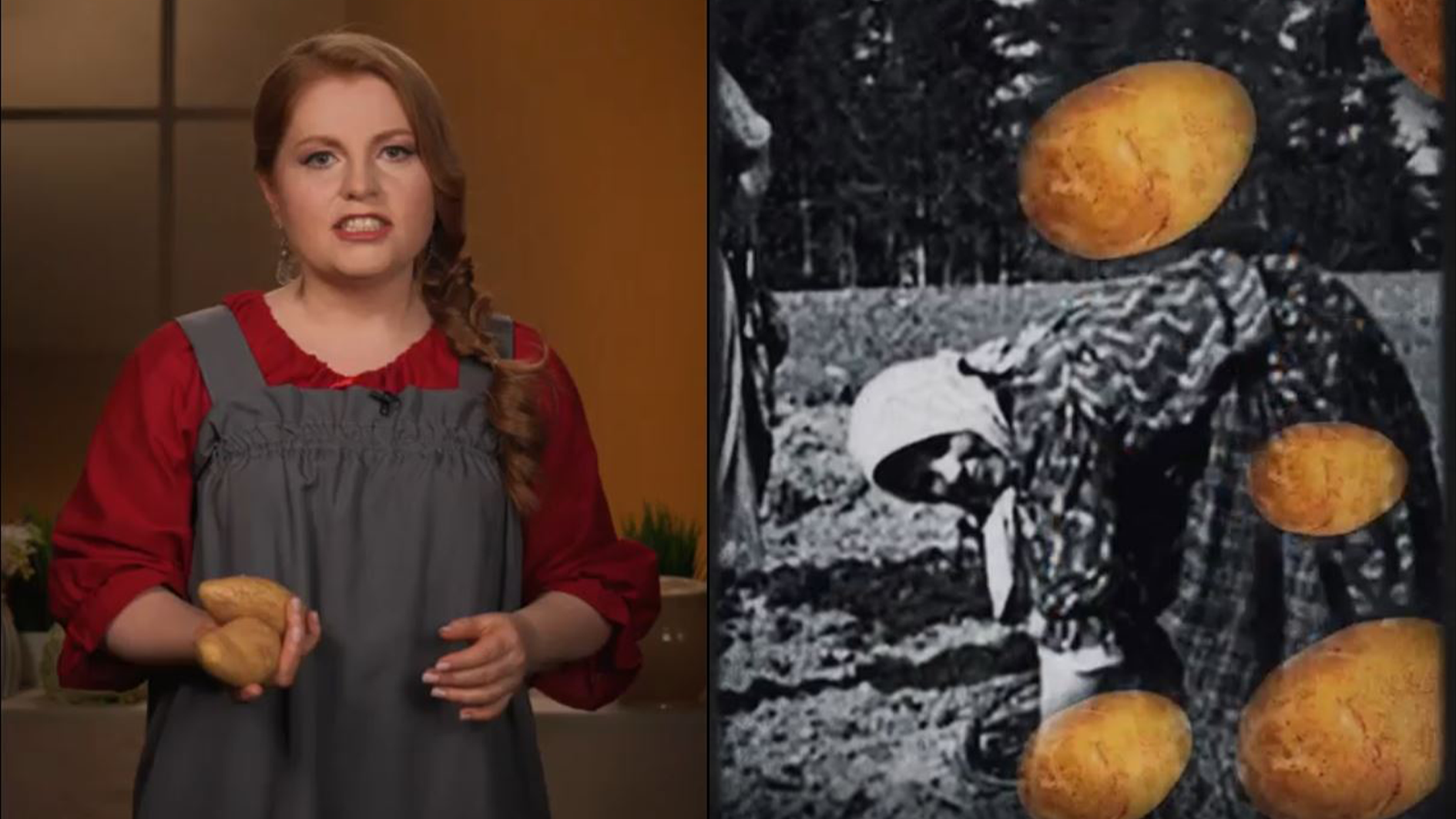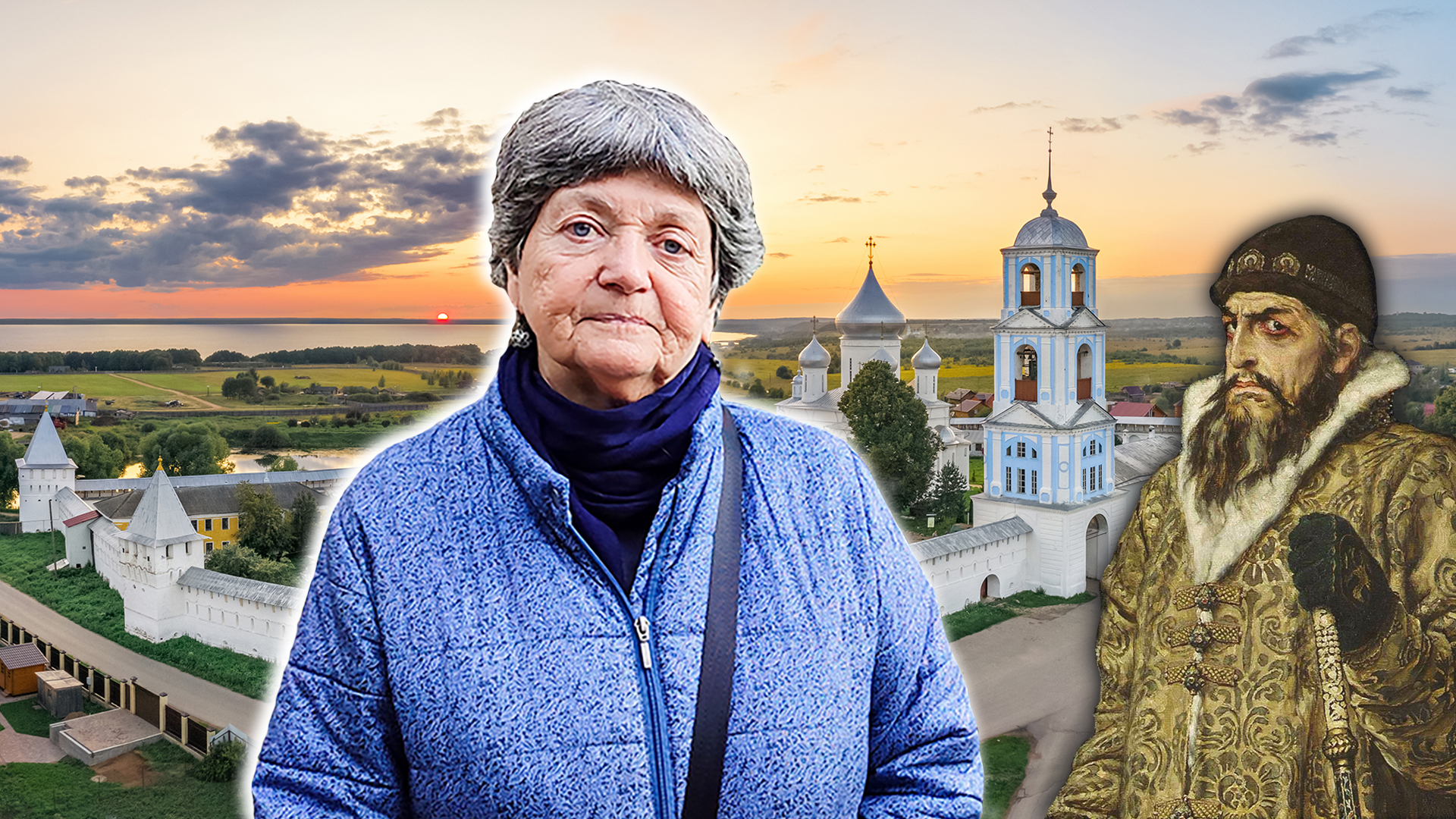
6 facts about the ‘Krasny Kabachok’, an inn frequented by tsars & poets (PICS)
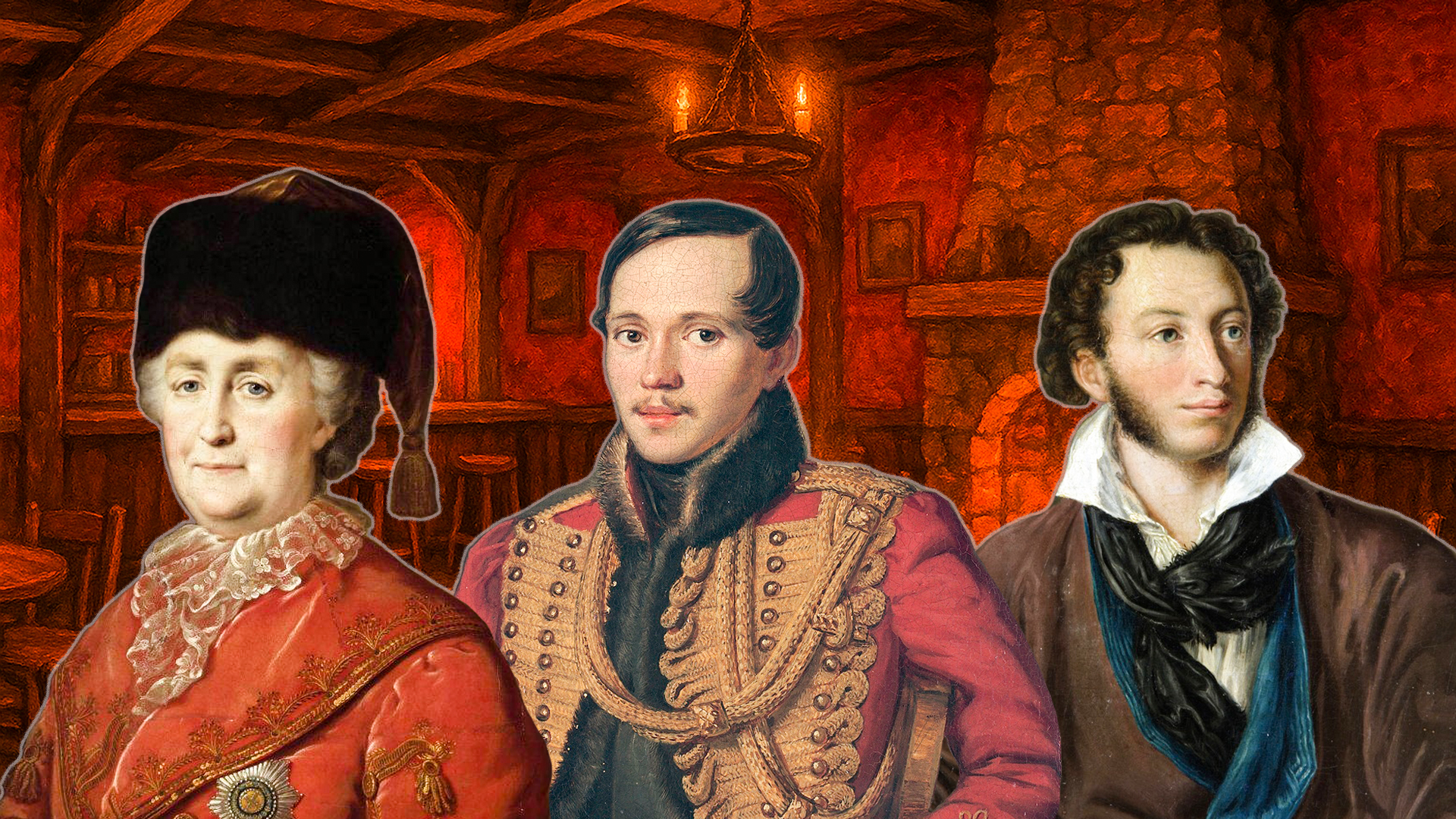
1. It appeared thanks to Peter the Great
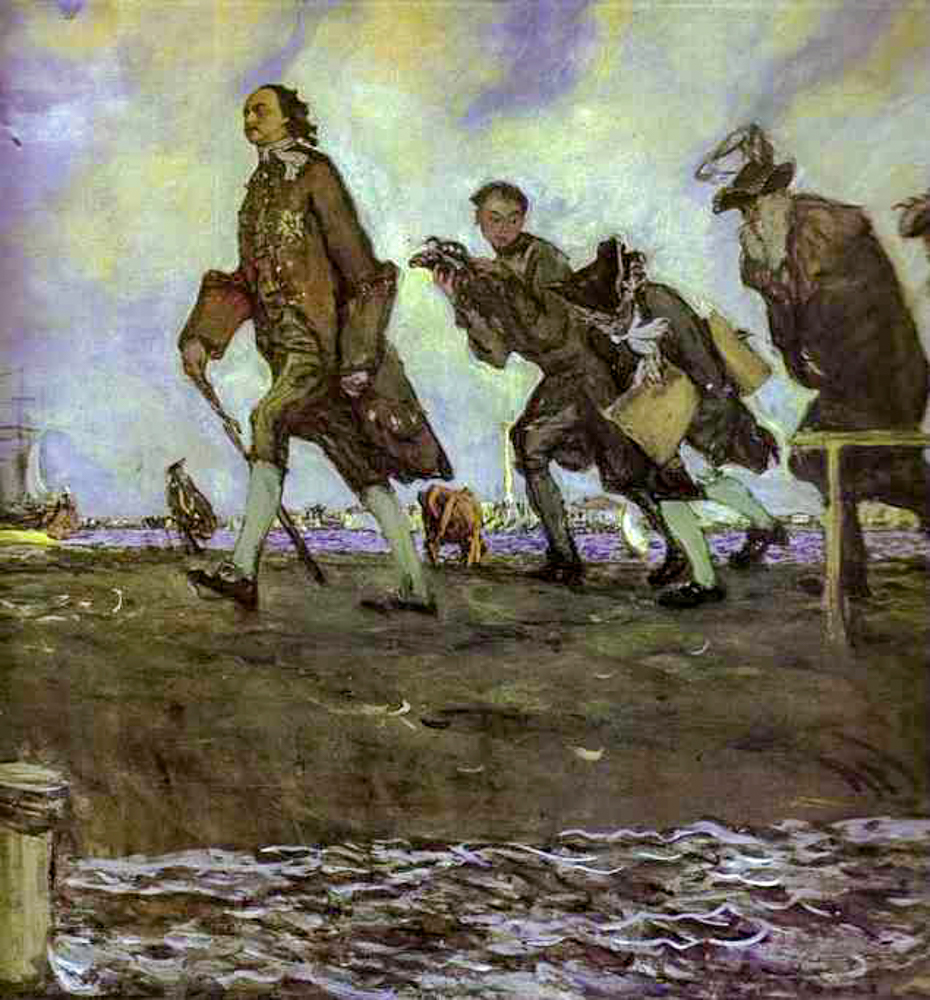
In the early 18th century, a rest house was built for the emperor on the route from St. Petersburg to Strelna and Peterhof. In 1706, he gave it to his translator and, seven years later, he allowed him to establish a "free house" in it and sell alcohol and tobacco. The name ‘Krasny Kabachok’ (‘Red Tavern’) was quickly found – after the nearby Krasnenkaya River.
2. Catherine II stayed here on the eve of the coup

"They went to bed without undressing," was how Princess Ekaterina Dashkova recalled her night at the ‘Krasny Kabachok’. In Summer 1762, she accompanied Empress Catherine II, who was heading to Peterhof to inform her husband, Peter III, of his overthrow. The conspirators decided to stop at the Tavern to rest. As Dashkova recalled, their room was cramped and dirty, but they were so tired that they agreed to these terms. However, they couldn't sleep: the empress was reading her manifesto to Dashkova and discussing her immediate actions.
Among the tavern's patrons were other monarchs – Alexander I and Nicholas I.
3. Among the owners were women
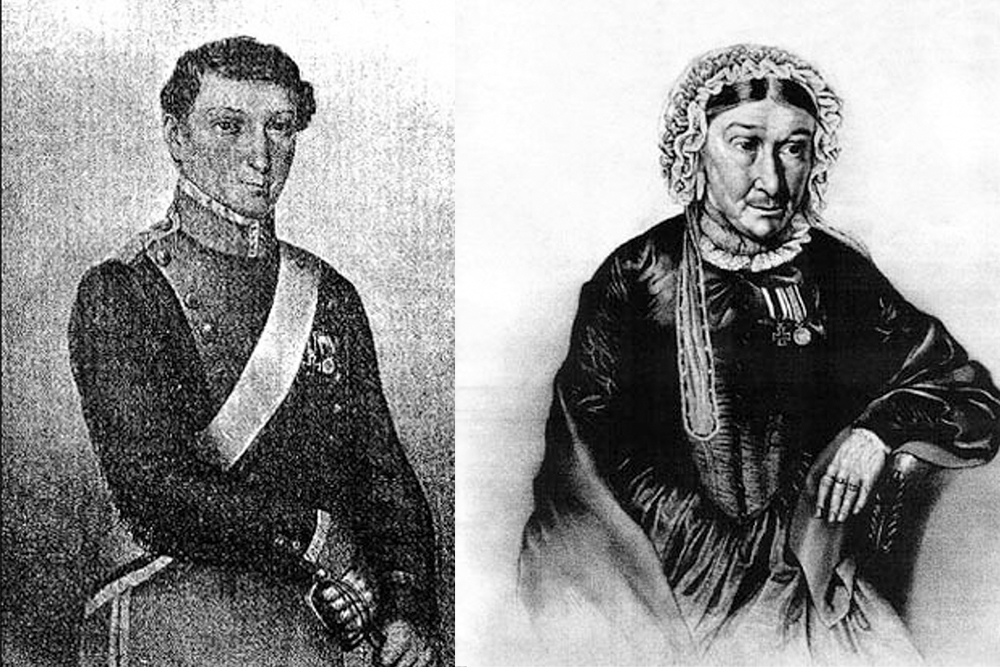
Guests who visited between 1817 and 1852 couldn't help but notice a portrait depicting a young man "in the uniform of a Prussian fusilier, with a broadsword slung over his shoulder". Imagine their surprise when they encountered an aged replica of the soldier, only in... women's clothing in the dining room. This was the establishment's owner, Louise Kessenich. From 1813 to 1815, she actually served in the 2nd Königsberg Uhlan Militia Regiment, concealing her gender; she was awarded the ‘Iron Cross’ and reached Paris.
It was, of course, all because of love. Her first husband joined the Russian Uhlan regiment in 1809, determined to fight Napoleon. And Louise followed his example, hoping to find her true love in the thick of war. And so it happened. They met on the streets of Paris, but literally the next day, her husband was killed. In 1816, she retired and left for Russia, where she lived out the rest of her life.
4. Pushkin staged fights there

The ‘Krasny Kabachok’ was popular among the "golden youth" of the time. It attracted rowdy partygoers, gamblers and those who enjoyed a good fight. It’s also believed that it was there that Gypsy choirs first performed in public.
According to the memoirs of Faddey Bulgarin, "young officers went there as if they were hunting" and staged carouses that often ended in brawls. "It began with forcing the burly mothers and aunts to waltz until they dropped, then getting the husbands drunk and, finally, singing the well-known German song, 'Freu't euch des Lebens’, emphasizing the words, 'Pflücke die Rose' and then the flirtations began, usually ending in a fight. The next morning, everyone went back to the barracks and, a couple of days later, complaints were filed against them and the officers were sent to the guardhouse for their revelry.”
Among the brawlers at the ‘Krasny Kabachok’ was poet Alexander Pushkin. He came there with his friend Pavel Nashchokin and would use boxing techniques to engage in fights with the local German regulars.
5. Famous for its waffles
High cuisine at the ‘Krasny Kabachok’ was unheard of; veal and corned beef were on the menu, punch and mulled wine were served and, during ‘Maslenitsa’, a line of people wishing to eat pancakes would flock there. But, many made a special trip to the ‘Krasny Kabachok’ to try the waffles with cream and jam.
6. Lermontov dedicated poetry to the tavern
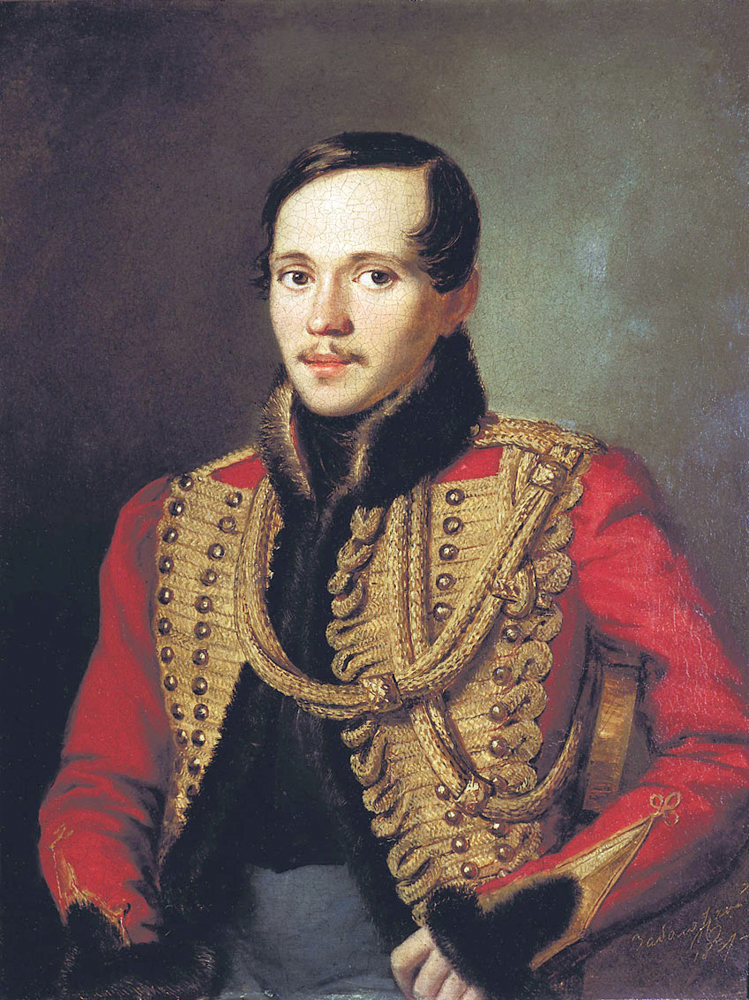
"There is a tavern there… and it has been called the ‘Krasny Kabachok’ for centuries," is how the poet Mikhail Lermontov described the establishment in his poem ‘Mongo’. Pushkin also dedicated lines to it.
The tavern's popularity gradually waned, the carousing and entertainment slowly became a thing of the past and, by the end of the 19th century, its regulars were just the local residents of the surrounding working-class suburbs. And, in 1919, the ‘Krasny Kabachok’ building was dismantled.




